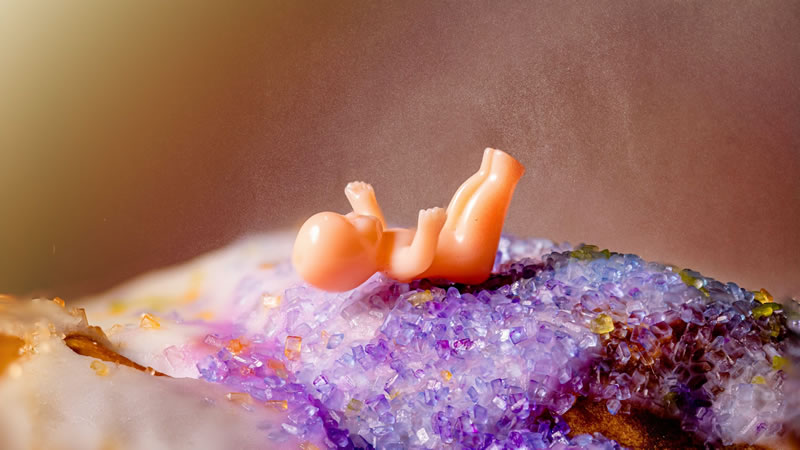

Hello, y’all! Dave Brennan here, the proud owner of King King Cakes in the heart of New Orleans. Today, I’d like to dive deep into a tradition that’s close to my heart and full of delightful surprises—King Cakes. Not just any King Cake, though, but one that holds multiple hidden objects, each bearing a unique meaning depending on the culture. You see, the King Cake tradition has been embraced globally, and some fascinating variants have emerged.
In many cultures, it’s not just about finding the baby to be crowned the king or queen for the day. Sometimes, there are multiple objects hidden within the cake—each serving a different symbolic purpose. From coins symbolizing prosperity to beans that might get you hosting duties for the next gathering, the tradition has evolved to include a range of fortunes and responsibilities.
Prosperity and the Coin
Let’s start with the coin. In certain cultures, a small coin is concealed within the cake, often in addition to a figurine. The person who receives the slice of cake containing the coin is believed to enjoy good luck and prosperity throughout the year. This symbol of wealth is rooted in the tradition’s early years when cakes were baked to celebrate Epiphany, commemorating the visit of the three wise men to baby Jesus. A coin hidden within the cake symbolizes the gifts brought by these wise men.
The Social Contract and the Bean
Now, on to the bean. If you find the bean in your slice, you might be in for some hosting duties. In some traditions, the person who discovers the bean is obligated to host the next social gathering or, in some cases, bake the next King Cake. It’s not just a game but a social contract, binding you to an event that perpetuates the cycle of community and connection. In essence, the bean serves to keep the social fabric tightly knit, ensuring that gatherings and communal activities continue unabated.
The Thimble and More
But wait, there’s more! In some iterations of this tradition, you might find a thimble, a ring, or even a button. Each object carries its significance. For instance, the thimble symbolizes that the finder will be a lifelong bachelor or spinster. A ring could signify an upcoming marriage or engagement, while a button might symbolize losing a button, in other words, bad luck.
Cross-Cultural Infusion
What’s fascinating is the way these multiple objects are seamlessly woven into the tradition, depending on the culture. In Spain, for example, the ‘Roscon de Reyes’ often contains both a small king and a faba bean. Similarly, in Mexico, the ‘Rosca de Reyes’ includes a small figurine of baby Jesus, signifying the finder’s obligation to host a party on February 2, the Dia de la Candelaria.
Why Multiple Objects Make Sense
You might be wondering, why complicate a straightforward tradition with multiple objects? Well, the beauty lies in the complexity. It introduces an element of unpredictability, excitement, and most importantly, communal responsibility. When multiple objects are hidden in a cake, it ensures that the joy, duties, and fortunes are spread across a wider circle, making the celebration more inclusive.
Final Thoughts
As King Cake season is upon us, consider embracing this diverse and exciting version of a beloved tradition. You never know, you might just find prosperity in a coin or the joy of hosting in a bean. So, this Mardi Gras, why not take a chance on a King Cake that offers more than just one surprise? Trust me, it’s a whole lot of fun, and you’re supporting a tradition that has stood the test of time, crossing oceans and transcending cultures.
Remember, life is full of surprises, and sometimes those surprises are sugar-coated and hidden in a cake.
Until next time,
Dave Brennan Owner, King King Cakes in New Orleans
